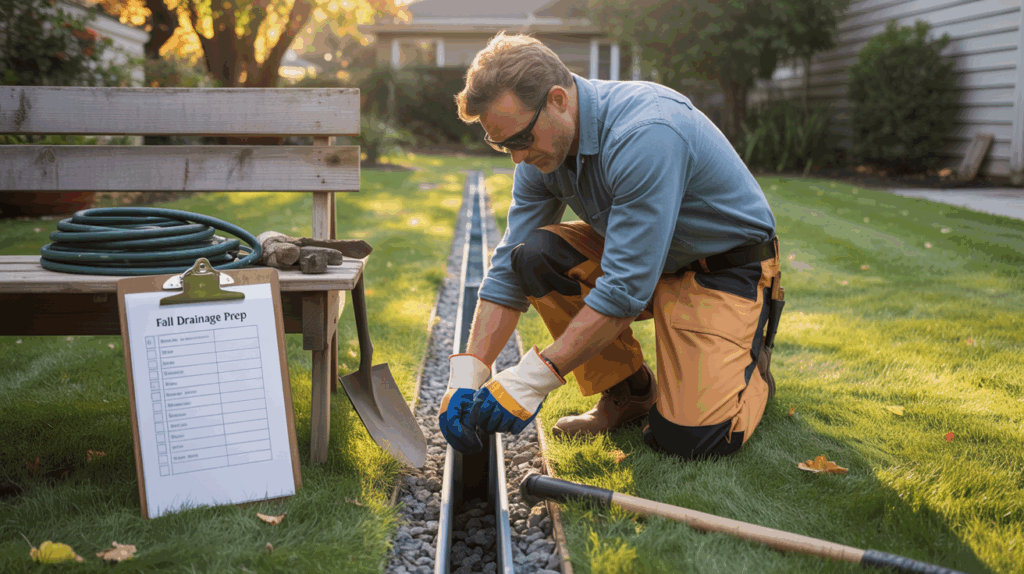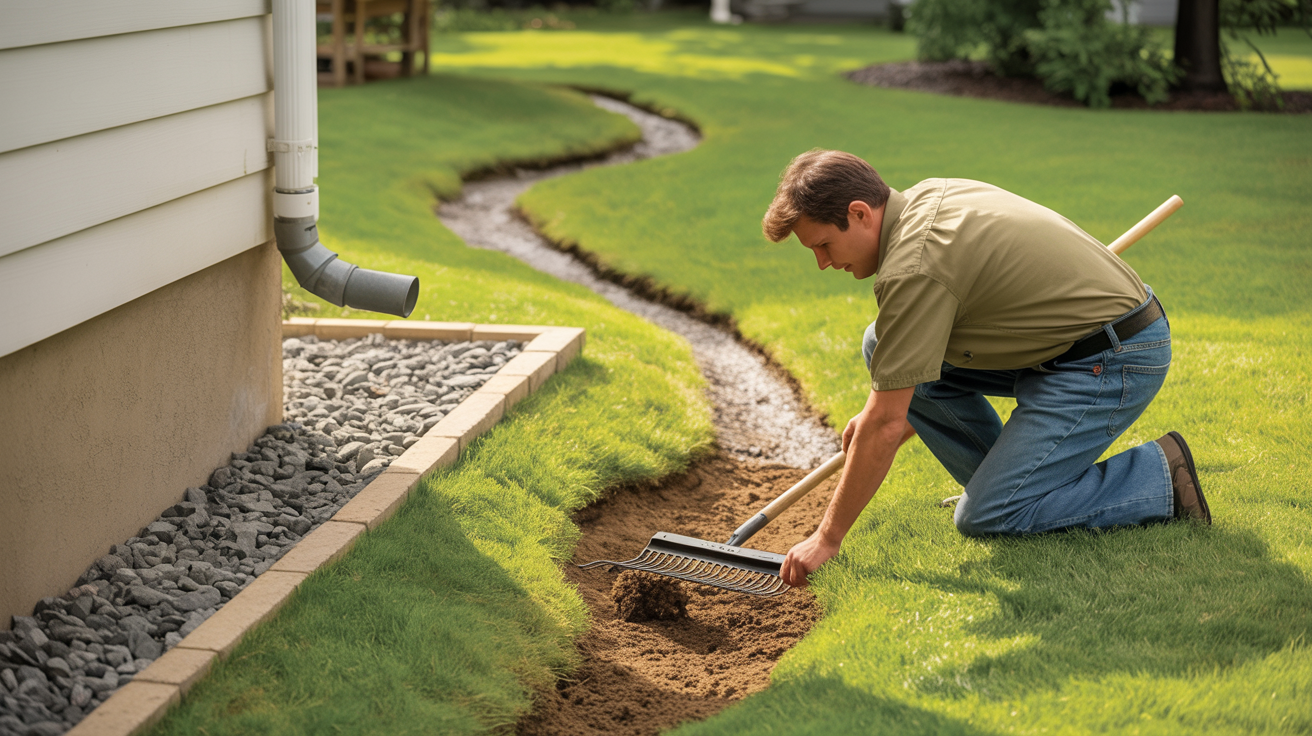
As summer fades and fall approaches, it becomes increasingly important to prepare your yard for the heavier rainfall and cooler temperatures ahead. Proper drainage is a crucial aspect of yard maintenance that helps prevent water accumulation, soil erosion, and damage to your home’s foundation. Late summer offers the perfect opportunity to assess your drainage system, address potential issues, and make improvements that will keep your property safe and healthy throughout the wet season.
Why Late Summer is the Ideal Time for Drainage Maintenance
Late summer typically features drier soil and more predictable weather, which makes it easier to perform maintenance and repairs. Addressing drainage concerns now ensures that your yard is ready to handle the increased rainfall and prevent common fall and winter water-related problems such as flooding, standing water, and soil erosion. Acting early can also save you costly repairs and property damage later.
Comprehensive Drainage Tips to Prepare Your Yard

1. Conduct a Thorough Yard Inspection
Begin by walking your yard after a heavy rain to identify areas where water pools or drains slowly. Look for soggy spots, muddy patches, or signs of erosion near your home’s foundation, walkways, driveways, and landscaping beds. Note any areas with persistent standing water, as these are prime candidates for drainage improvement.
Also, check your gutters and downspouts to see where water is being discharged—water should flow away from your home, not pool near the foundation.
2. Clean and Maintain Gutters and Downspouts
Clogged gutters and downspouts are a leading cause of drainage problems, as they can cause water to overflow and saturate the soil near your foundation. Remove all debris such as leaves, twigs, and dirt from gutters, and make sure downspouts are clear and directing water at least 5-10 feet away from your home.
Consider installing gutter guards to reduce future clogging and make maintenance easier.
3. Inspect and Repair Existing Drainage Systems
If you already have French drains, surface drains, or catch basins, inspect them closely for blockages, damage, or sediment buildup. Over time, pipes may clog with dirt or roots, and gravel-filled trenches may settle or compact. Repair cracked or broken pipes, clear blockages, and flush out debris to ensure your system functions effectively.
4. Improve Soil Health and Water Absorption
Compacted soil inhibits water absorption, causing runoff and pooling. Aerate your lawn using a spike or plug aerator to loosen the soil, improve oxygen flow, and allow water to penetrate deeper. Adding organic matter like compost or mulch can further improve soil structure and moisture retention.
Consider planting native, deep-rooted plants that help absorb excess water and stabilize soil, reducing erosion risks.
5. Correct Yard Grading and Water Flow
Ensure the grading around your home slopes away from your foundation at a rate of at least 6 inches over 10 feet. Improper grading is a common cause of water infiltration and foundation damage. If necessary, add soil to low areas to create a gentle slope directing water to appropriate drainage points or natural runoff paths.
Installing swales—shallow, gently sloping channels—can also help guide water away from your property without causing erosion.
6. Consider Installing or Upgrading a French Drain System
If your yard has chronic drainage issues or you want a long-term solution, installing a French drain is highly effective. This system collects water through a perforated pipe laid in a gravel-filled trench and channels it away from problem areas. Late summer’s dry soil conditions make it easier and more cost-effective to install or upgrade a French drain.
Professional installation ensures the system is correctly positioned and properly connected to existing drainage infrastructure, maximizing its effectiveness.
The Benefits of Proactive Drainage Preparation
- Protects Your Home’s Foundation: Prevents water from seeping into basements or crawl spaces, reducing the risk of structural damage and costly repairs.
- Reduces Basement Flooding and Mold: Proper drainage keeps moisture out of your home’s interior, protecting your family’s health.
- Prevents Soil Erosion: Maintains the integrity of your landscaping and prevents the loss of valuable topsoil.
- Enhances Yard Usability: Keeps your outdoor spaces dry and accessible, even during heavy rains.
Contact Us for Professional Drainage Solutions
Preparing your yard for fall rains is essential for protecting your property and maintaining a healthy landscape. Our team specializes in comprehensive drainage assessments and custom solutions tailored to your needs. Contact us today to schedule an evaluation and learn how we can help you safeguard your home with effective drainage systems.
